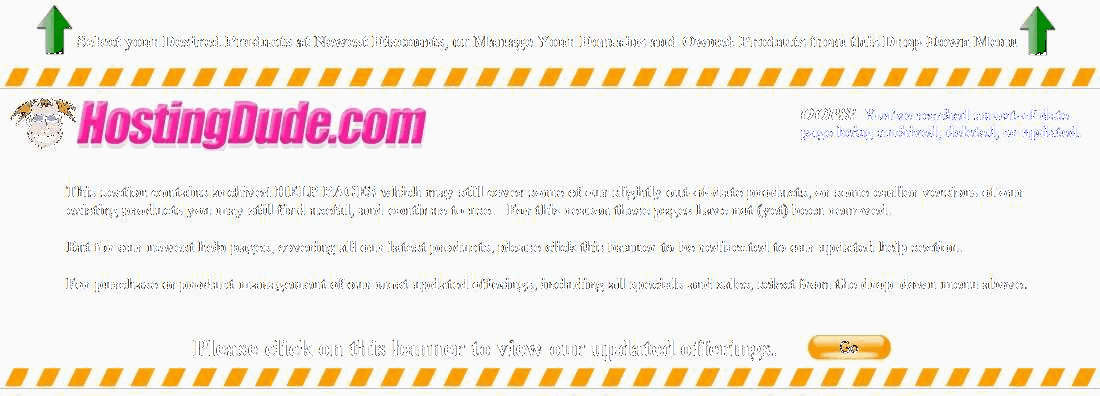Configuring Google Webmaster Tools for Website Builder v6
When you publish your site with Website Builder, you can select to submit your Web pages to Google® with Google Webmaster Tools account. It submits your Web pages to the Google index, which determines their relevance when people search the Internet. You can get detailed reports about the visibility of your pages on Google, sitemap details, and statistical information about your website.
Some additional features of Google Webmaster Tools include:
- Sitemap errors analysis
- Robots.txt analysis
- Advanced indexing information about your site
- Query statistics about your site
- Crawl statistics about your site
- Page analysis of your site
- URLs from your site that Google was unable to crawl, and why Google couldn't crawl them
Note: If you already have a Google Webmaster Tools account, or have already submitted a sitemap, a duplicate account will not negatively affect your account. The Google Webmaster Tools feature in Website Builder will not override previous accounts or submissions.
To Set Up Your Google Webmaster Tools Account
- Log in to your HostingDude Account LOGIN.
- If you are working in the Page Designer, click Exit Designer.
- From the Home page, click Google Webmaster Tools.
- Select that you agree to Google's terms of service, and then click OK.
- From the Google Webmaster Tools Dashboard you can manage your Webmaster Tools account.
To Verify Domains in Google Webmaster Tools
- Log in to your HostingDude Account LOGIN.
- From the Home page, click Google Webmaster Tools. The Google Webmaster Tools screen displays.
- Click Verify next to the site you want to verify.
NOTE: If there is a check mark next to the site, it is already verified.
- In the Choose verification method list, select Add a meta tag.
- Copy the meta tags (only the information between quotes) for your Web page names and descriptions.
- Go back to Website Builder, and then click Design Your Pages.
- Click the Pages tab, and then click Page Properties.
- Select Meta Data, and then click Add Meta Tag.
- In the Name field, paste the corresponding meta tag.
- In the Content field, paste the corresponding meta tag.
- Click Apply, and then click OK.





